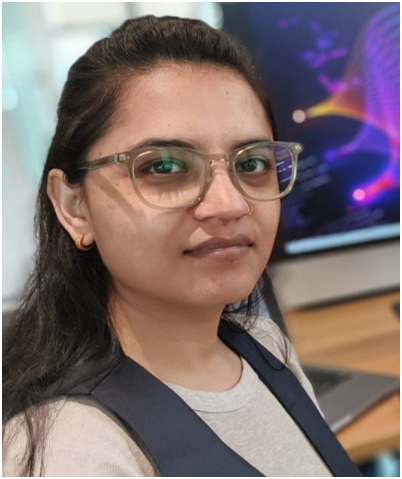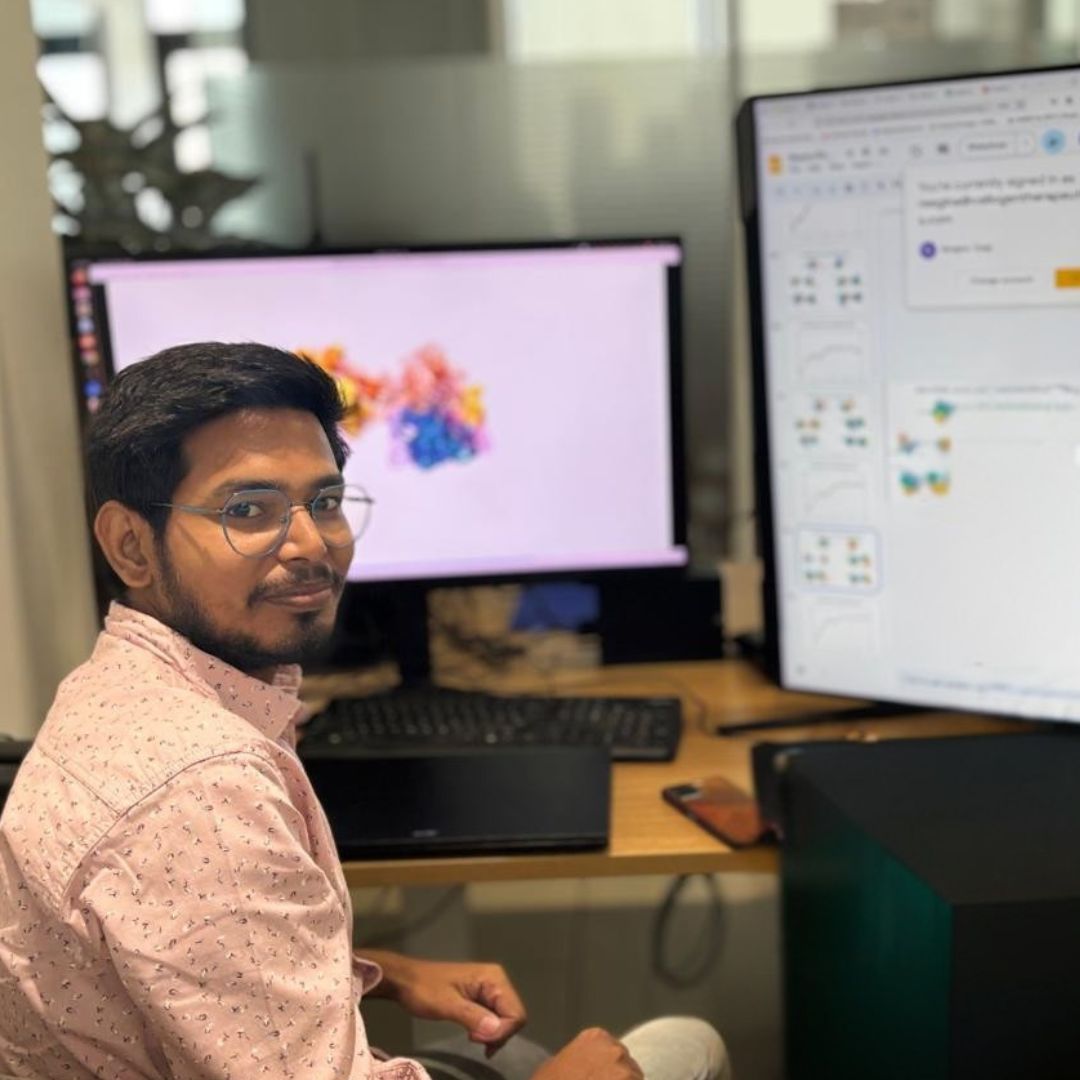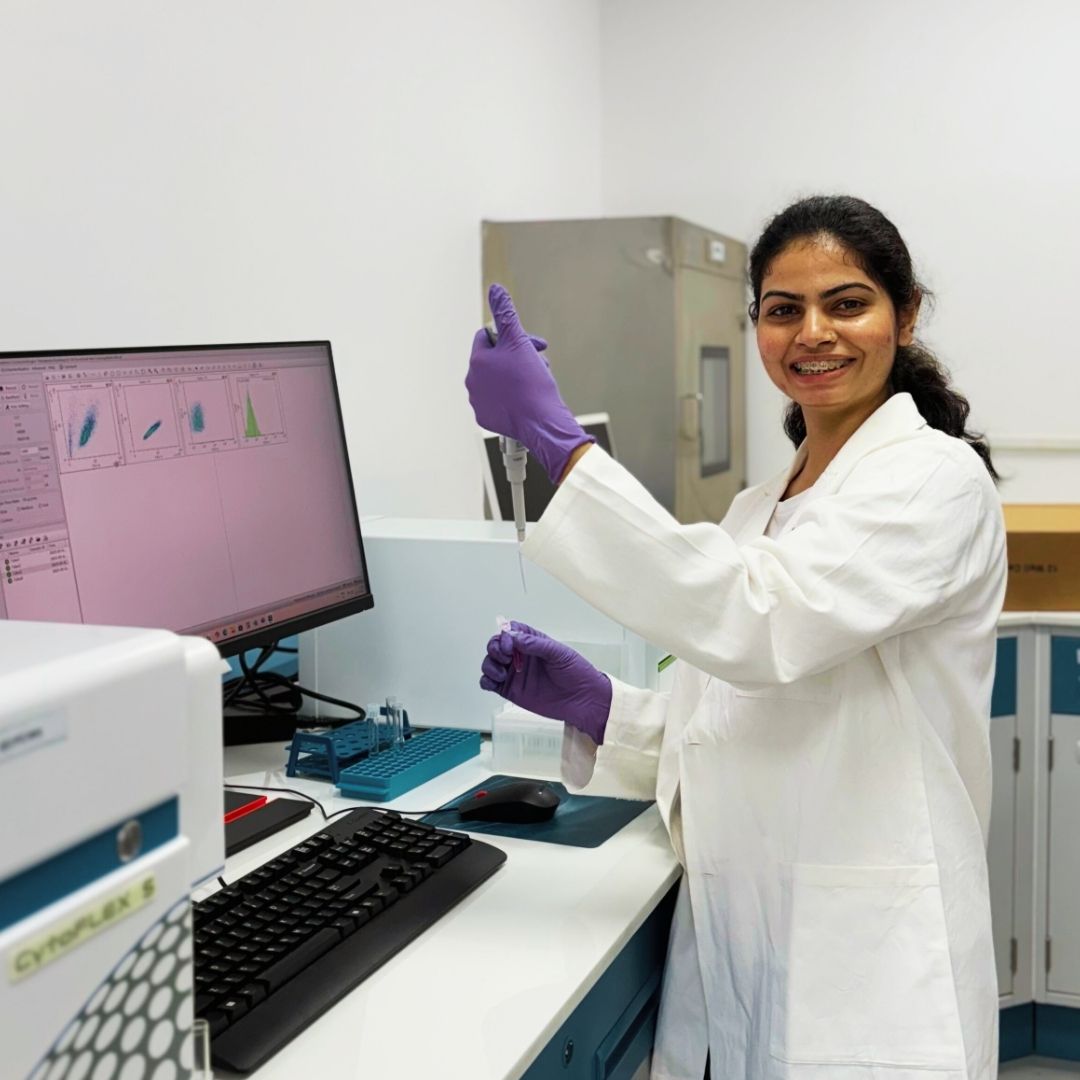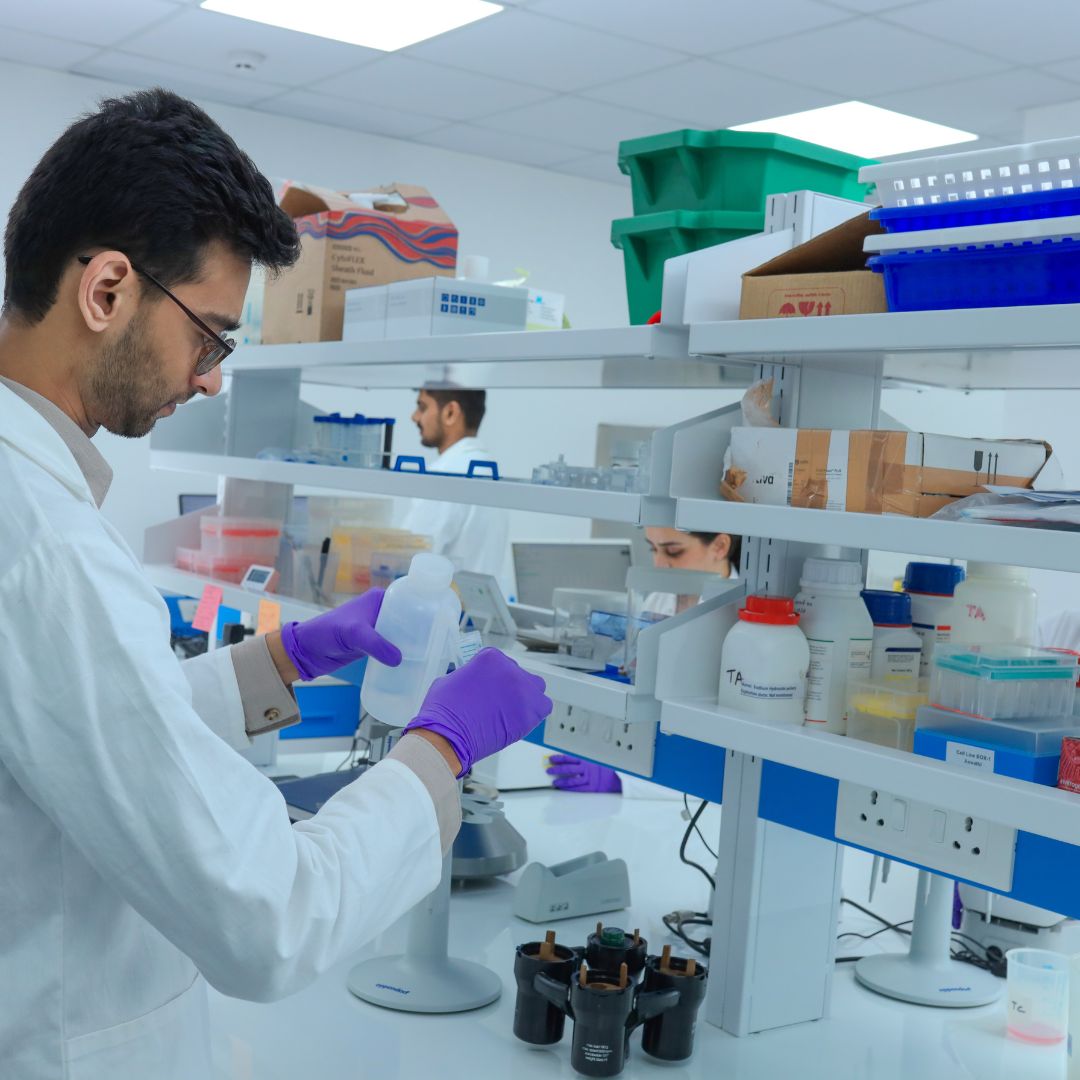Being an AI scientist is rarely glamorous. Some days, I wrestle with stubborn code that refuses to run; others, I uncover a pattern in the data so striking it makes me pause and whisper, “This changes everything.” My work starts with vast, chaotic oceans of biological data—raw, messy, overwhelming. Yet, hidden within are clues to life’s evolution, the roots of disease, and the design of new therapies. Training algorithms to navigate this complexity feels like tuning a telescope to reveal stars invisible to the naked eye.
There are days when I watch an automated model trace logic through data, and it feels like a new dimension of science opens right in front of me. And then there are days when the dataset laughs at me - missing values everywhere, models collapsing, GPUs overheating. But strangely, those frustrating days are often the ones that push me toward my best ideas. On other days, the focus shifts from code to cells - designing therapies where a patient’s own biology is turned into medicine. Here, AI helps me imagine what’s otherwise impossible: predicting which patients might benefit, which designs might fail, and how trials could be smarter, faster, and safer.
I still remember staring at a messy dataset late at night, and for the first time, the prediction curve aligned with what the biology had been whispering all along. That small moment of clarity felt bigger than any formal “result.” Tiny victories like that keep me going.
Every day, I work where biology meets intelligence, building AI systems that help decode some of life’s most intricate patterns. As a computational biologist and AI scientist, my work spans digital pathology, spatial biology, antibody design, and genome engineering. I build models that don’t just analyze data - they reshape how we understand health and disease. Watching an AI model localize tumor regions and distinguish between subtle histological grades feels like opening a new window into disease biology.
At Cellogen Therapeutics, my work in cell and gene therapy leverages AI to transform clinical trials. I focus on optimizing patient selection and stratification, predicting treatment responses, and anticipating adverse events. By integrating multi-omics and real-world datasets, I design adaptive trials that deliver effective therapies to patients faster and safer.
Concurrently, I develop models to analyze hundreds of thousands of genomes, uncovering novel molecular systems—tools nature engineered long before we understood them. These discoveries drive innovation in gene editing, redefining its possibilities.
These projects embody my passion for using AI to accelerate the future of cell and gene therapies, bringing cutting-edge solutions closer to reality.
AI, to me, isn’t a destination. It’s a lens, one that sharpens curiosity and expands possibility. It forces us to ask deeper questions: How do tumors evolve? Which genomic signatures drive disease? Can we design therapies as unique as the patients themselves? What keeps me going is the energy that comes when a model finally works, when a process that once took months can be done in days, freeing us to think bigger. For me, that is not just efficiency; it is liberation.
If I were to offer advice, it would be this: don’t follow AI as a trend. Let it be a lens, one that sharpens your curiosity and forces you to ask deeper, bolder questions. The joy is not in replacing human effort, but in extending it, in reflecting on what it means to create tools that might one day change lives. Science, for me, isn’t about answers carved in stone. It’s about shaping better questions, and every day, AI gives me a new way to knock on doors we haven’t opened yet.
- AI
- Technology


(1)(1).jpg)


